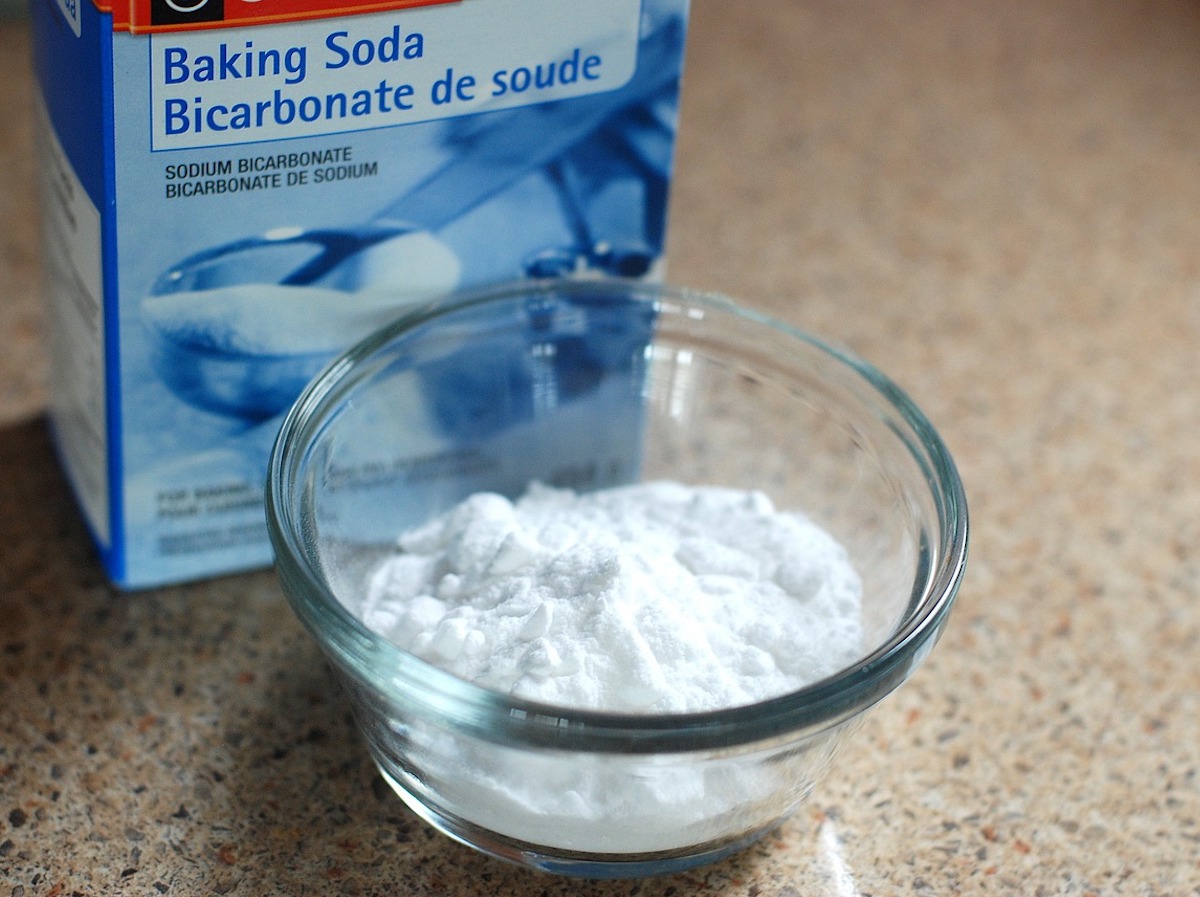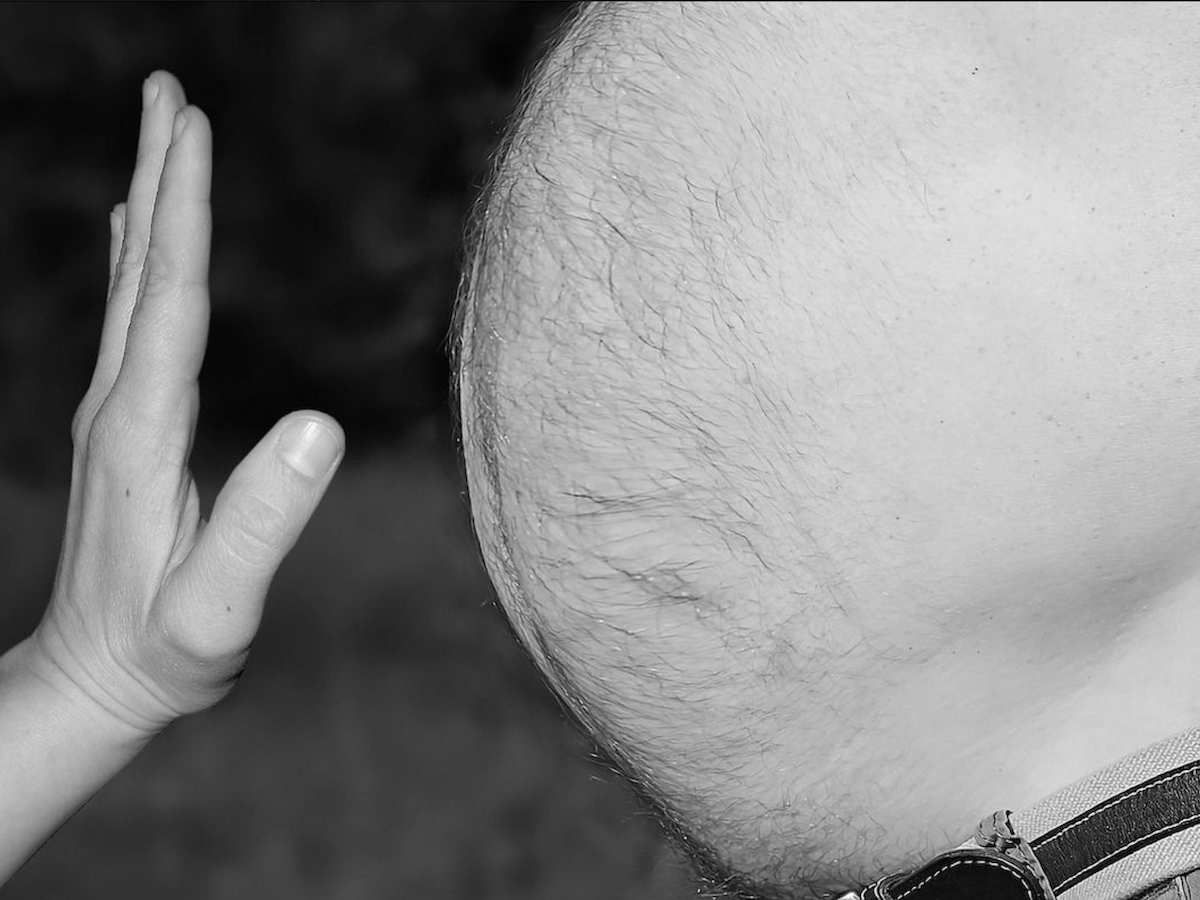Advertisement
Health
What Is Gout and How to Avoid It
Gout can be one of the most torturous experiences someone can go through, often leading to crippling pain. However, despite the fact that many have heard the word and know it painful it can be, there are many who still ask “what is gout?”

We’ve assembled all the details you you could ever want to know about gout. What exactly is it – and why it’s not the same as Rheumatoid arthritis – the symptoms to look for, possible longterm complications, and the best preventive practices against attacks.
If you’ve ever found yourself wondering “what is gout?” we’ve got the answers you’re looking for.
What is Gout?
According to the Mayo Clinic, the medical condition Gout is defined as:
“…a common and complex form of arthritis that can affect anyone. It’s characterized by sudden, severe attacks of pain, swelling, redness and tenderness in one or more joints, most often in the big toe.”
To put it in layman’s terms, gout is an incredibly common arthritis that attacks the joints, most often of the feet and toes, causing blinding pain.
Causes of Gout:
The main underlying cause of gout is the crystallization of uric acid in the blood. This buildup of uric acid – often attributable to kidney issues and/or diets heavy in purines including red meat and organ meats like liver, anchovies, sardines, mussels, scallops, trout and tuna – eventually leads to to the uric acid buildup forming into sharp urate crystals in a joints or their surrounding tissue that in-turn cause “pain, inflammation and swelling.”
Symptoms of Gout:
The main symptoms of gout include:
Joint Pain: Generally the worst of this joint pain is present in the big toe, but it can occur in any joint, commonly including the ankles, knees, elbows, wrists and fingers. Wherever the pain is located, it’s often most severe within the first 12 hours.
Longterm Discomfort: While the most severe pain will often wear off, a gout attack can leave linger discomfort in the affected joint for days or perhaps even weeks going forward.
Inflammation and Limited Range of Motion: The affected joint or joints will often be swollen, tender to the touch, red, and may not be able to move normally for the duration of the attack.
Differences Between Gout and Rheumatoid Arthritis:
While gout and Rheumatoid arthritis can appear very similar on the surface – both feature joint pain and stiffness as their primary symptom – they’re actually quite different. While gout, as we’ve discussed, is caused by the build-up of too much crystalized uric acid in the blood, Rheumatoid arthritis is an autoimmune disease. RA occurs when the “body’s immune system attacks the tissue that lines your joints. This attack causes painful swelling, inflammation, and joint deformity. Since RA is an immune system disease (your doctor will call it an autoimmune condition), it can affect other parts of the body, too, including the skin, eyes, and heart.”

Diagnosis:
While most doctors can successfully diagnose gout based on symptoms including the appearance of the affected joint, there are several tests that can be run to 100% confirm a gout diagnosis. These include joint fluid tests, in which said fluid is drawn and then examined under a microscope for signs of urate crystals. Ultrasounds, blood tests, and and X-ray imaging can also be used to identify crystals or the presence of too much uric acid in the bloodstream.
Permanent Effects:
There’s often contradictory anecdotal information as to whether gout can cause permanent joint damage. However according to the American Kidney Fund, it absolutely can and does run the risk. The foundation’s website states, “When you have chronic gout, you have swelling in your joints regularly. Chronic inflammation and tophi ( clumps of urate crystals that harden under your skin) can lead to permanent joint damage, deformity, and stiffness. In the worst cases of chronic gout, you may need surgery to fix joint damage, or replace joints.”
Further Complications:
Beyond the joint pain, stiffness, and swelling that are commonly associated with gout attacks, there are numerous serious complications that can arise from untreated gout. In addition to the aforementioned risk of permanent joint damage and deformity, gout can also lead to kidney stones (thanks to the build up of urate crystals), kidney disease potentially leading to kidney failure, the development of tophi (urate crystals that harden under the skin on joints and cartilage including fingers, hands, feet, ankles, and ears), and even psychological and emotional problems brought on by constant pain.
Risk Factors:
While anyone can suffer an attack, there are numerous factors that can greatly increase someone’s likelihood of gout. These include:
-Having a diet high in foods such as red meat, shellfish, sugary drinks, and alcohol, all of which increase levels of uric acid in the body.
-Being overweight, which leads the body to produce more uric acid and in-turn makes it harder for the kidneys to eliminate uric acid.
-Preexisting medical conditions including diabetes, high blood pressure, obesity, metabolic syndrome, and heart and kidney diseases.
-Certain medications that are high in uric acid.

Permanent Gout:
While a typical gout attack will only last somewhere between a few days and few weeks, many (but not all) who suffer from gout once will continue to do so. This on-going issue, generally called recurrent gout. Those with recurrent gout are usually struck several times a year. According to the Mayo Clinic, “medications may help prevent gout attacks in people with recurrent gout. If left untreated, gout can cause erosion and destruction of a joint.”
Gout Prevention:
While it can be impossible to fully prevent gout, there are several ways one can can attempt to prevent a gout attack. These include: Avoiding (or severely limiting) alcohol consumption, drinking lots of water, maintaining a healthy weight, treating sleep apnea, avoid foods high in uric acid including red meats and sea food, on the other hand have vegetables, fruits (especially cherries), and low fat dairy products are integral parts of an anti-gout diet.












